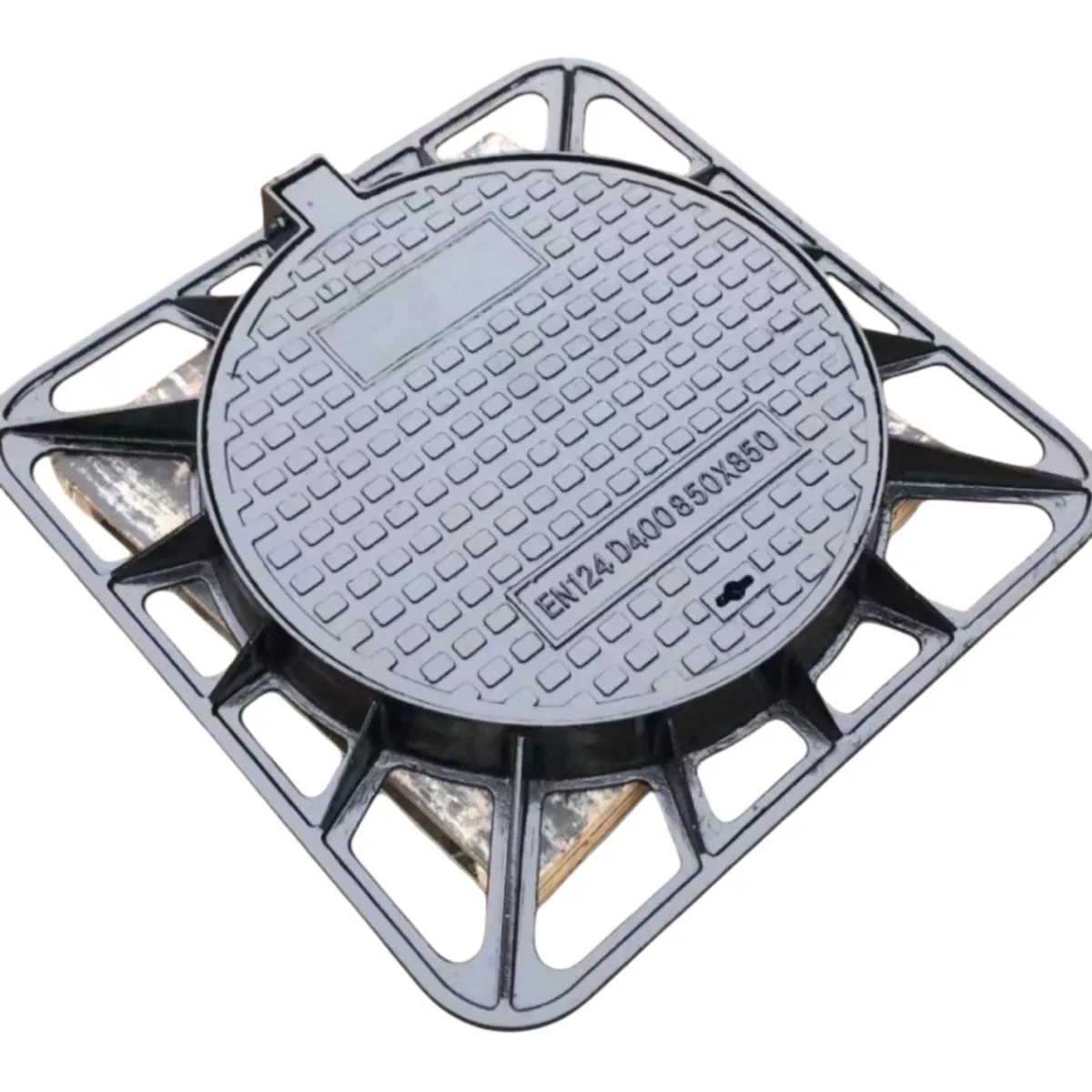Choosing the Right Gate Valve for Steam Applications in Industrial Systems
Understanding Gate Valves in Steam Lines
Gate valves play a pivotal role in the control and regulation of steam within industrial applications. They are primarily designed to allow or prevent flow in a pipeline, making them essential for directing steam safely and effectively. This article delves into the functionalities, advantages, and considerations surrounding gate valves specifically used in steam lines.
What is a Gate Valve?
A gate valve is a type of valve that opens by lifting a rectangular or circular gate out of the path of the fluid. These valves are often employed in systems where minimal pressure drop is essential, making them suitable for high-pressure steam applications. Their design includes two main components the body and the gate. The gate is typically made from materials such as stainless steel or cast iron, which can withstand high temperatures and pressures associated with steam lines.
Functionality in Steam Lines
Gate valves are predominantly used in steam lines because they provide a straight flow path, leading to minimal turbulence. This feature is crucial in steam operations where maintaining pressure and temperature stability is paramount. When fully opened, gate valves offer little resistance to fluid flow, allowing for efficiency in steam distribution.
The operation of a gate valve in steam systems is usually through a threaded stem that connects to a handwheel or an actuator. Turning the handwheel raises or lowers the gate, controlling the flow. It’s important to note that gate valves are generally not suitable for throttling applications. When partially open, they can create turbulence, which can lead to erosion and other issues over time.
Advantages of Gate Valves for Steam Lines
1. Low Pressure Drop One of the primary advantages of using gate valves in steam lines is their low-pressure drop characteristic when fully open. This efficiency minimizes energy loss in steam systems.
2. Bubbling Call Gate valves can be fully opened or completely closed without leakage, making them ideal for applications where bubble-tight sealing is necessary. This is particularly important in steam lines where leaks can lead to energy loss and safety hazards.
gate valve for steam line

3. Durability Given their construction materials, gate valves often enjoy a long lifespan and can withstand the harsh conditions typically found in steam applications, including high temperatures and corrosive environments.
Considerations for Installation and Maintenance
Despite their advantages, several considerations must be taken into account when using gate valves in steam lines
- Correct Sizing Choosing the correct valve size for the pipe diameter is crucial to ensure proper performance and efficiency. Undersized or oversized valves can lead to operational issues.
- Maintenance Regular maintenance is essential to address any wear and tear caused by the high temperatures and pressures of steam systems. Inspecting seals, gaskets, and the gate itself should be part of a routine check.
- Orientation Gate valves are typically installed in a horizontal position. Installing them in the vertical position can affect their performance and lead to operational challenges.
- Temperature Limits Although gate valves are durable, they have specific temperature limits determined by the material of the valve. It’s vital to ensure that these limits are not exceeded to avoid failure.
Conclusion
Gate valves are crucial components in steam line applications, offering reliable control and efficient flow management. Their ability to provide low-pressure drop, durability, and bubble-tight sealing make them invaluable in various industrial settings. Proper installation and diligent maintenance are essential to maximize their effectiveness, ensuring safe and efficient operation in steam systems. As industries continue to innovate, understanding the role of gate valves will be increasingly important for optimizing steam line operations.
-
The Smarter Choice for Pedestrian AreasNewsJun.30,2025
-
The Gold Standard in Round Drain CoversNewsJun.30,2025
-
The Gold Standard in Manhole Cover SystemsNewsJun.30,2025
-
Superior Drainage Solutions with Premium Gully GratesNewsJun.30,2025
-
Superior Drainage Solutions for Global InfrastructureNewsJun.30,2025
-
Square Manhole Solutions for Modern InfrastructureNewsJun.30,2025
-
Premium Manhole Covers for Modern InfrastructureNewsJun.30,2025
